Variac Variable Transformers Voltage Regulators Tdgc2 Arnaiz Electronics and Electrical Supply

Variable Voltage Regulator Circuit Using Only One Mosfet YouTube
The circuit shown below is a basic series voltage regulator based on transistors. Transistor Q1 (2N 3054) and Q2 (2N 3055) form a darlington pair.. parallel with the zener diode and connecting the slider of the potentiometer to base of Q1 base will make it a simple variable bench supply, which is still in service with me. ke730 12 years ago.
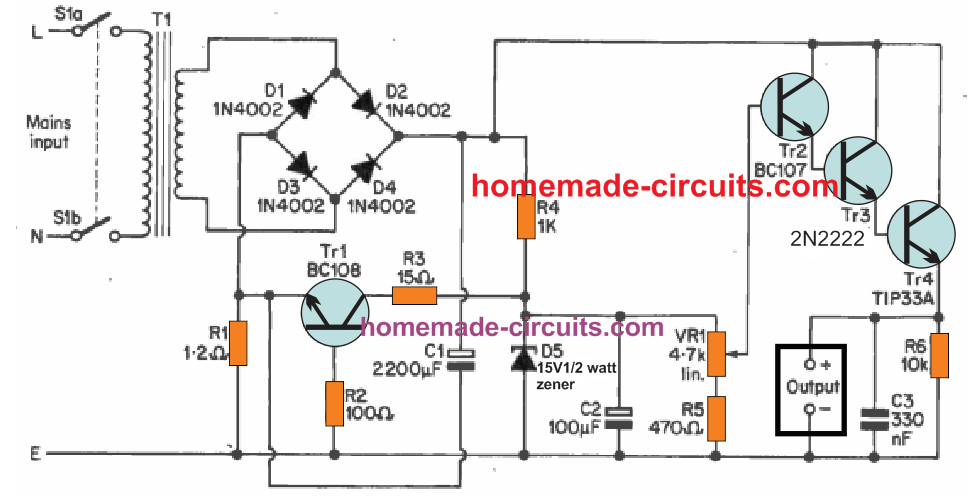
Voltage Regulator Circuits and Projects Homemade Circuit Projects
Here Zener diode provides the reference voltage. The transistor series voltage regulator working is when the voltage at the transistor's base voltage is held to the stable voltage across the diode. For instance, if Zener voltage is 8V, the transistor's base voltage will stay approximately 8V. Therefore, Vout = VZ - VBE.

Powerful 024v Voltage Regulator Circuit Using One Transistor Voltage regulator, Electronic
A voltage regulator with a transistor usually consists of a bipolar junction transistor (bjt) with high current handling capability in an emitter follower configuration, driven by zener diode and resistor potential divider (PD) network. We first use a Zener diode and resistor across the input rail to make a PD that provides a regulated output.
National Semiconductor LM317K Variable Voltage Regulator TO3 Transistor OMA064A Rich Electronics
A regulator is an important device when it comes to power electronics as it controls the power output. Need for a Regulator For a Power supply to produce a constant output voltage, irrespective of the input voltage variations or the load current variations, there is a need for a voltage regulator.
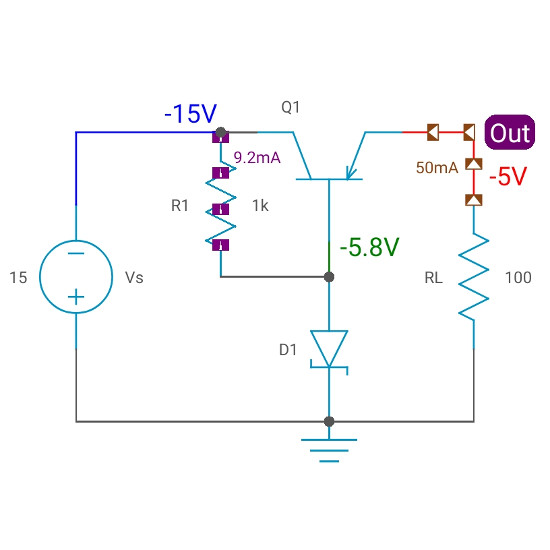
PNP Transistor Voltage Regulator
Practical Simplest Zener Regulator The most basic regulator employs a two-terminal device such as a zener diode with the characteristic of keeping a constant voltage across it. Figure 1 below depicts the basic circuit. Zener diodes could be connected in series in any configuration for achieving even higher voltages.

Simple Voltage Regulator using 2N3055 Transistor
Variable Voltage, Current Power Supply Circuit Using Transistor 2N3055 Last Updated on May 13, 2022 by Swagatam 290 Comments In this post we learn how to make a simple variable power supply circuit using transistor 2N3055 and some other passive components. It includes variable voltage and variable current feature, fully adjustable.

Voltage RegulatorTransistor Voltage Regulator Zener Diode as Voltage Regulator Voltage
The Transistor Series Voltage Regulator Theory is explained as follows. From the circuit of Figure, we can observe that the feedback voltage V F, is the voltage developed across the part of the potential divider P & Q.If we represent that resistance by R f, the feed back fraction will be, R f /(R f + R a) where R a is the part of the potential divider R & P as shown in figure.

High Current LM317 Variable Power Supply Circuit
The transistor voltage regulator works based on the principle of using a variable resistor in the form of a transistor. This transistor adjusts its resistance in response to changes in input voltage or load conditions, thus maintaining a steady output voltage.
National Semiconductor LM317K Variable Voltage Regulator TO3 Transistor OMA064A Rich Electronics
A voltage regulator circuit using an op amp, emitter follower transistor, and Zener diode, is simple to draw from memory if you understand the working principle.. In addition, if you make R 1 a variable resistor, then the output voltage could be varied for a large range of voltages. For this op amp circuit, we use the operational amplifier.
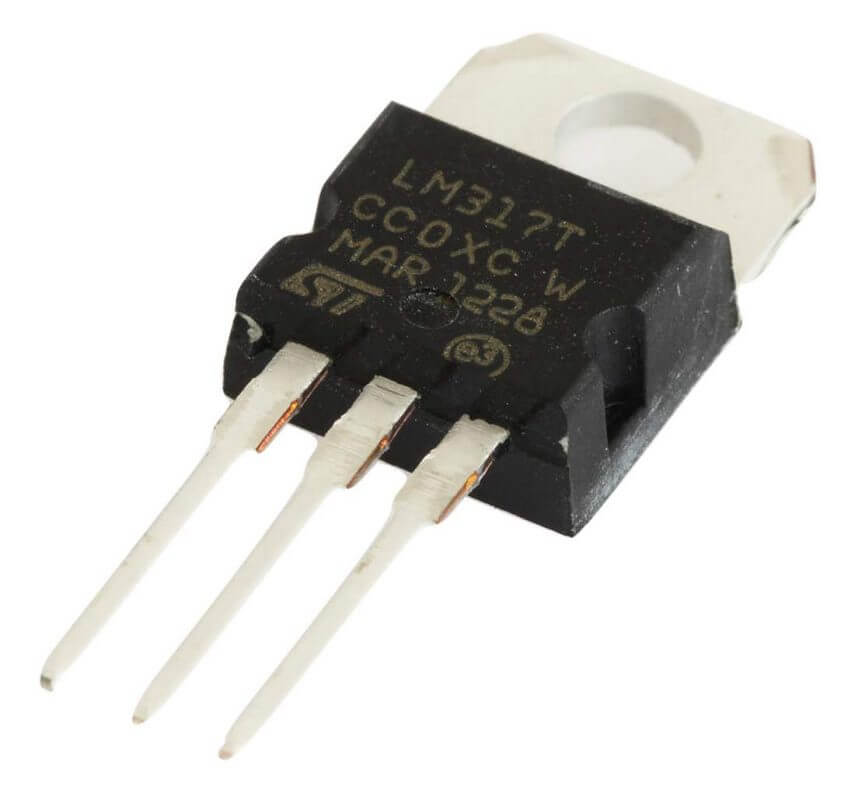
LM317 Adjustable Voltage Regulator in Pakistan Electronics Hub
Low Dropout Voltage Regulator (LDO) The LDO act as a variable resistor that is placed between input power source and the load in order to drop and control the voltage applied to the load. Compared to DC‐DC switching regulators, LDOs are: Of continuous operation. Easier to use.
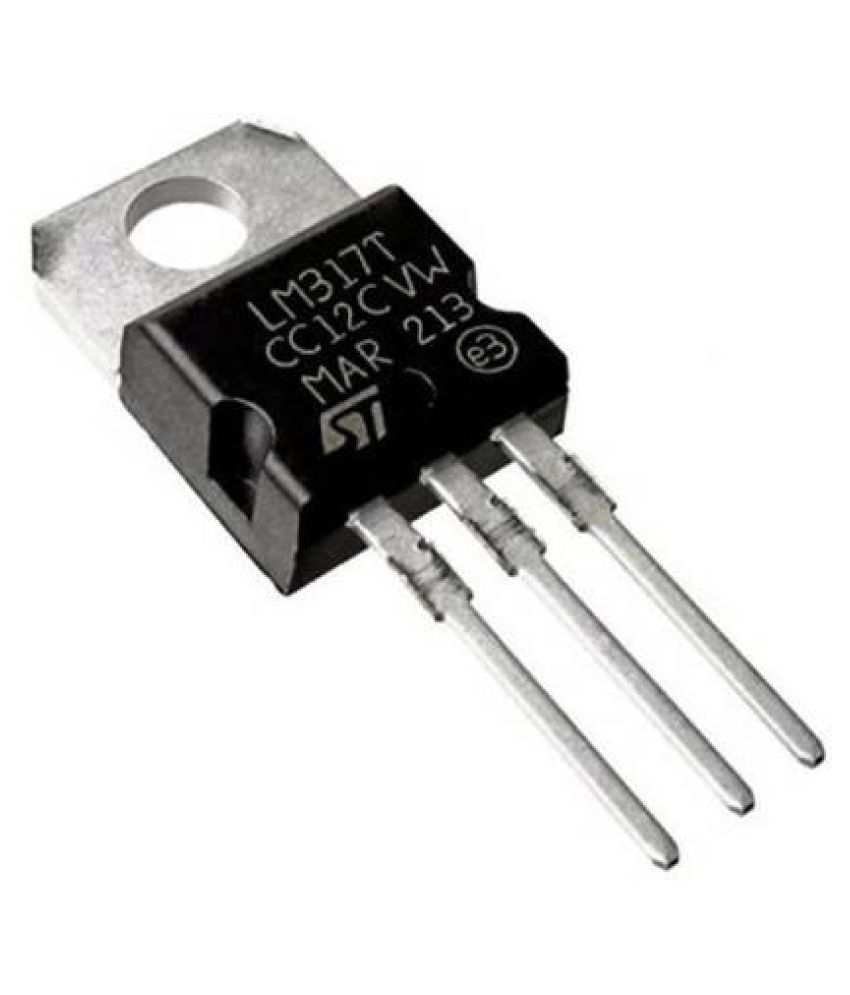
LM317T IC Adjustable Voltage Regulator FET Transistor Buy LM317T IC Adjustable Voltage
LM723 Voltage Regulator Features. It is an adjustable voltage regulator which operates in both positive or negative supply operation. Voltage can be adjusted from 2V to 37V. The maximum input voltage is 40V. Output current is 150mA without an external pass transistor. It can be increased to 10A by adding transistors externally.

Variac Variable Transformers Voltage Regulators Tdgc2 Arnaiz Electronics and Electrical Supply
Simple Voltage Regulator using 2N3055 Transistor. In this DIY, we are making a simple voltage regulator using 2N3055. A voltage regulator is an electronic device that is used to regulate voltage levels. When a steady, dependable voltage is required, at that point a voltage regulator is a preferred device. Moreover, it generates a fixed output.

voltage regulator using transistor Voltage regulator, Electronics basics, Electronics circuit
Transistor (Q1) - It helps to modify the resistance of the circuit to maintain voltage constant. Its terminals are Base, emitter and collector. The Zener diode is connected to the base of the transistor, and input is given at the collector side. The load is connected to the emitter. Let VBE be the base-emitter voltage.

Variac Variable Transformers Voltage Regulators Tdgc2 Arnaiz Electronics and Electrical Supply
Pass Element: The pass element (e.g. a transistor) acts as a variable resistance and drops the excess voltage across it. The output voltage is obtained at one terminal of the pass element. Figure 1: Variable Voltage Regulator Block Diagram Figure 1 shows the block diagram of a simple variable voltage regulator.

Voltage Regulator with Bypass Transistor YouTube
Variable Voltage Regulator using Transistor This adjustable voltage regulator circuit uses a transistor, Zener diode, and potentiometer to produce a regulated output in the range 0 V to 8.5 V (at 0.5-amps max). The input voltage should be in the range 12 V to 16 V.
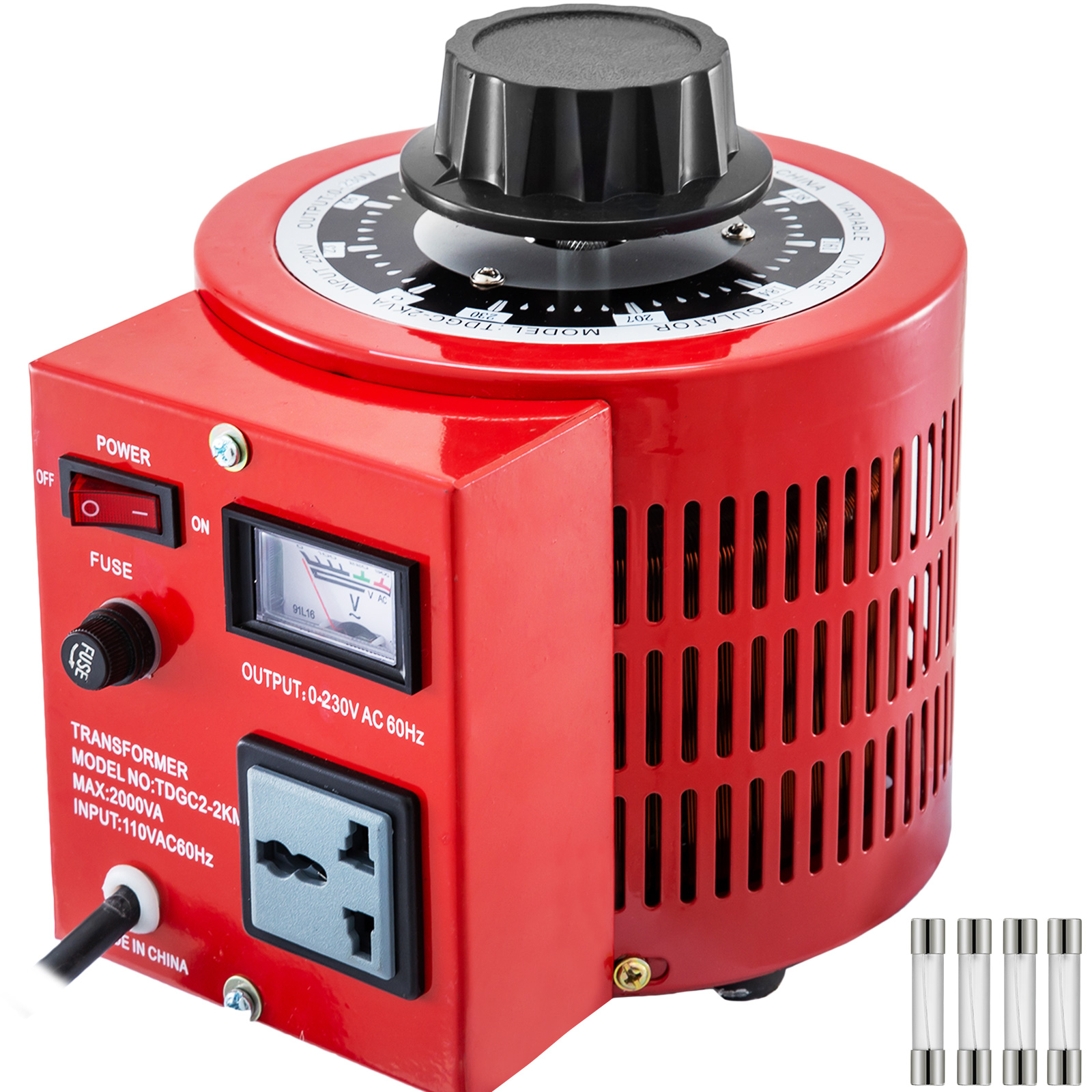
0.5/1/2/3KVA Variac Variable Transformer 0130V AC Voltage Regulator 5/10/20/30A eBay
A voltage regulator is a system designed to automatically maintain a constant voltage. It may use a simple feed-forward design or may include negative feedback. It may use an electromechanical mechanism, or electronic components. Depending on the design, it may be used to regulate one or more AC or DC voltages.